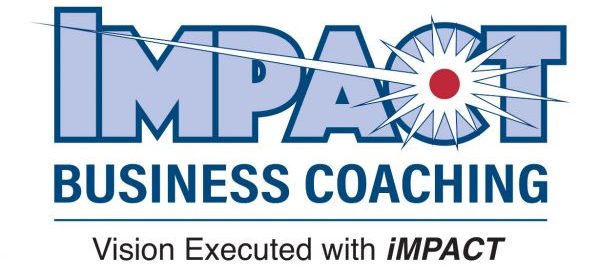Are you losing your Best Employees?
Lack of leadership can drive your best employees away. These are the hard working employees with ideas and initiative. The ones you want to keep. These Best employees will not wait for a leader’s direction (or lack thereof). They get frustrated when their ideas are killed or conflict with other equally hard working initiative driven peers. They get confused and disappointed when you don’t recognize or support their idea. This is underlined when you, as their leader or manager, don’t explain why the idea didn’t fit either today or at all.

Leadership Vacuum
Does your company provide a lack of leadership?
Most of us were never taught how to be leaders. If we learned it, it was from on the job or on the (sports) team training. Sometimes it comes naturally, but old school thinking of less dialogue and too many assumptions (that an employee should know what to do) doesn’t work in today’s world.
3 Questions:
- Does your employee know what they are supposed to do?
- Does their list (of top 10 items) match yours?
- How do they rank their 10 items? Is it the same Priority as yours?
If you really do this test (yes, really do it), you will be sadly enlightened that it is not clear. The basic job expectations, prioritization (not everything can be done or at the same time) and big picture (how their job connects and fits in the rest of the company) have not been spelled out clearly enough. Vision without leadership will not allow you to put your Business Purpose into action.
What to do to regain Leadership?
The good part is you can start today.
1) Take Responsibility:
Employees will respect you if you schedule a meeting one-on-one or company-wide and state that its your responsibility to lead. If there has been a misfire on what people are working on and focused upon, then its your fault. Today’s employees respect a strong, but open leader. Tell them that, starting today, it is going to change.
2) Written Job Expectations:
Job Expectations are different than Job Descriptions. Job Descriptions tend to focus on the tasks, not the priority or how the tasks fit together. Job Expectations focus on the goal of the effort, the result for the customer or fellow employees that fits in with the overall Vision and Business Purpose of the company.
3) Function Chart:
Out with the Person driven organizational chart. In with the Function driven chart. Nothing happens without people, but we need to understand how the parts (Functions) work together, what High Performance looks like. We need this before we know who to hire or how to apply our existing talent. The chart is designed not around our people, but around fulfilling our Business Purpose. We then backfill with the people to make it happen. Use a Function chart to help explain the big picture and how each person and function area fits in. Explain the dynamic of requiring all parts to work well (and well together) in order to fully deliver on our promise to our customers.

Leadership through Function Chart
4) Set Goals for Performance:
Each Function area should have a set of goals or targets to achieve. These performance goals are set as a range of values (from low to high) for which the manager of each Function Box is responsible. Exceeding the value by enough margin creates real (extra) value and then becomes the basis for any incentive plan. Because it creates real and extra value, the incentive become self funding. The performance goals should be reasonable, yet challenging and must fit into the overall goals of the company. Many of the individual function goals may relate to successful interaction or hand-off between other Function Boxes. High performing companies excel at not just the ‘solid lines’ of hierarchy, but also the ‘dotted lines’ laterally across various Function Boxes.
5) Measurement and Feedback:
Create easy and visual tools to capture data on the performance goals. Weekly, not monthly. Open for all to see, not hidden on a reactive manager’s desk or in a filing cabinet. Timing between action and feedback on that action must be kept short otherwise there is a disconnect between the two. See it and celebrate it.
Too many companies and managers think that feedback and reporting is for the benefit for the manager. It’s actually less than 1/2 of the story. Most importantly, the feedback needs to get into the hands of the person doing the work, the person making decisions through out the day and week, the person interacting directly with the customer and the other action teams.
Next Step on the Path to Leadership
The above will be enough of a guide to get started today. However, at iMPACT, we recognize that it is difficult to change course and as well as to implement ideas. We are skilled at helping companies clarify their vision, develop strategies and implement action plans. Along the way, we build employee buy-in and the strong leadership cultures where employees want to be part of the future.
Please contact us at wgermanetti@iMPACTbizCoaching.com. Vision executed with iMPACT.

Leadership Training and Implementation -iMPACT
Business Coaching in Chicago, Illinois.
Based out of Geneva, Illinois, iMPACT Business Coaching assists Leaders and Leadership for today and tomorrow.
